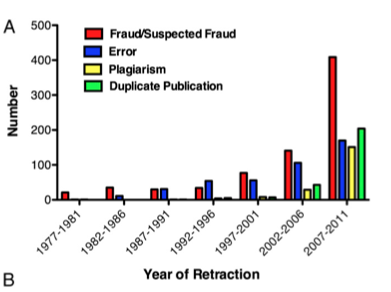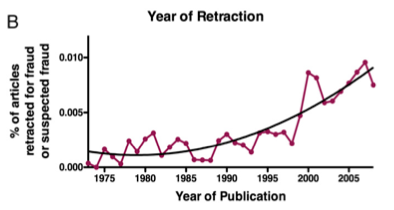The most recent episode of the National Public Radio institution This American Life began with two segments that could have been designed just for me. (The third segment is a story about jars of urine, which is a less precise match to my interests. If you choose to listen to the whole thing, and you don’t like stories about jars of urine, don’t say you weren’t warned.)
The introductory segment is about Galileo, Kepler, and anagrams. Just last week, I was discussing this exact topic with my class, but there were some aspects of the story I didn’t know before hearing this radio piece.
On two occasions, Galileo “announced” discoveries he’d made with this telescope by sending out anagrams of sentences describing his findings. At one point, he sent Kepler, among others, the following message:
SMAISMRMILMEPOETALEUMIBUNENUGTTAUIRAS
If you successfully unscrambled it, you’d get
Altissimum planetam tergeminum observavi.
(Don’t forget that in Latin U and V are the same letter. As Swiftus could tell you, those Romans were N-V-T-S nuts!)
If your Latin’s up to the task, you can see that Galileo was saying
I have observed the highest planet to be triplets.
The highest planet known at the time was Saturn. What Galileo had actually seen is the rings of Saturn, but with his telescope it just looked like the planet had extra blobs on each side.
(I don’t think Mr. Davey ever taught us tergeminum in Latin class, but it’s essentially “triple-twins.” If you look closely, you’ll spot Gemini (twins) in there.)
Why, you may wonder, did Galileo announce his result in this bizarre way? Apparently this wasn’t unusual at the time. In a time before things like scientific journals, it was a way of establishing priority for a discovery without actually revealing the discovery explicitly. If anyone else announced that Saturn had two blobs next to it, Galileo could unscramble the anagram and show that he’d seen it first.
Kepler couldn’t resist trying his hand at this anagram. He unscrambled it to
Salve, umbistineum geminatum Martia proles.
He interpreted this to mean “Mars has two moons.” The exact translation’s a bit tricky, since umbistineum doesn’t seem to be a legitimate Latin word. This American Life gives the translation “Hail, double-knob children of Mars,” which is similar to other translations I’ve come across.
Of course, Mars does have two moons, but neither Kepler nor Galileo had any way of knowing that. (Nobody did until 1877.) Kepler thought that Mars ought to have two moons on the basis of an utterly invalid numerological argument, which presumably predisposed him to unscramble the anagram in this way.
On another occasion, Galileo came out with this anagram:
Haec immatura a me iam frustra leguntur oy.
The last two letters were just ones he couldn’t fit into the anagram; the rest is Latin, meaning something like “These immature ones have already been read in vain by me.” Anyway, his intended solution was
Cynthiae figuras aemulatur mater amorum,
which translates to
The mother of loves imitates the figures of Cynthia.
That may sound a bit obscure, but anyone who could read Latin at the time would have known that Cynthia was another name for the Moon. The mother of loves is Venus, so what this is saying is that Venus has phases like the Moon.
Although not as sexy as some of Galileo’s other discoveries, the phases of Venus were an incredibly important finding: the old geocentric model of the solar system couldn’t account for them, but they make perfect sense in the new Copernican model.
Once again, Kepler tried his hand at the anagram and unscrambled it to
Macula rufa in Jove est gyratur mathem …
It actually doesn’t work out right: it trails off in the middle of a word, and if you check the anagram, you find there are a few letters left over. But if you cheerfully ignore that, it says
There is a red spot in Jupiter, which rotates mathem[atically, I guess].
As you probably know, there is a red spot in Jupiter, which rotates around as the planet rotates, so this is once again a tolerable description of something that is actually true but was unknown at the time. (Jupiter’s Great Red Spot was first seen in 1665.)
I knew about the first anagram, including Kepler’s incorrect solution. I’d heard that there was a second anagram, but I don’t think I’d ever heard about Kepler’s solution to that one. Anyway, I love the fact pretty much the same implausible sequence of events (Kepler incorrectly unscrambles an anagram and figures out something that later turns out to be true) happened twice.
I mentioned at the beginning that the radio show had two pieces that could have been aimed just at me. Maybe I’ll say something about the second one later. Or you can just listen to it yourself.
Podcast: Play in new window | Download

